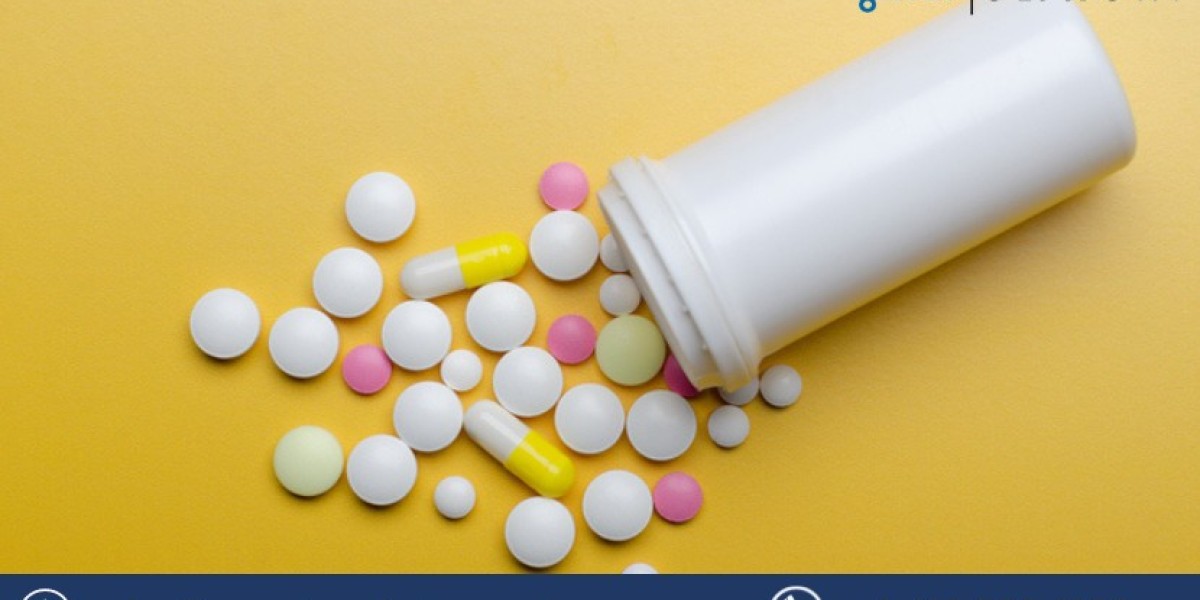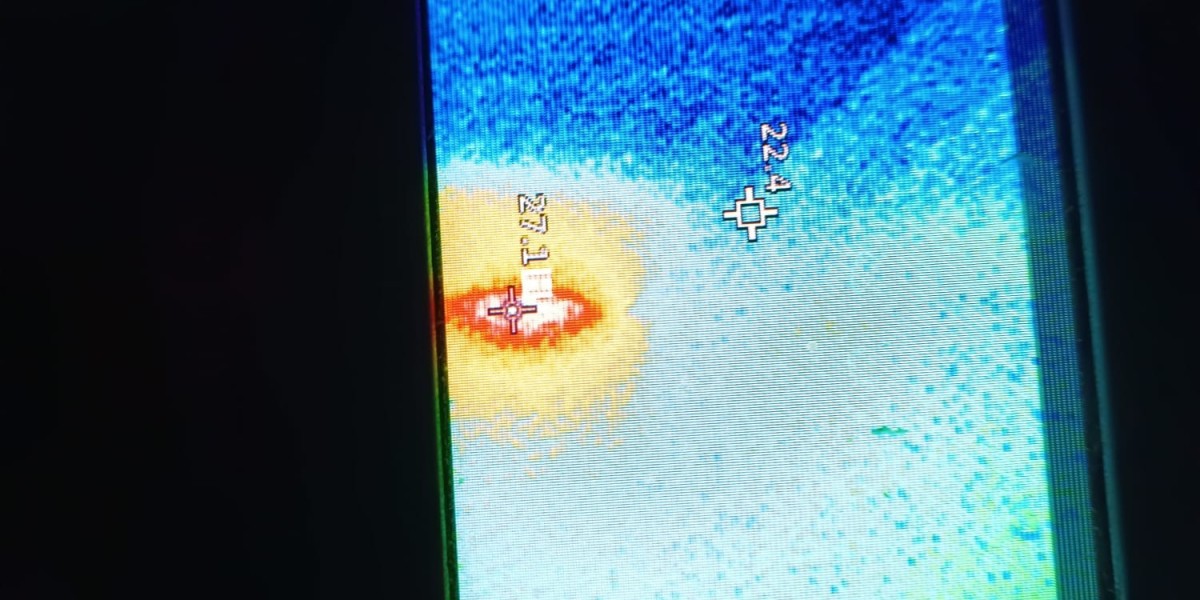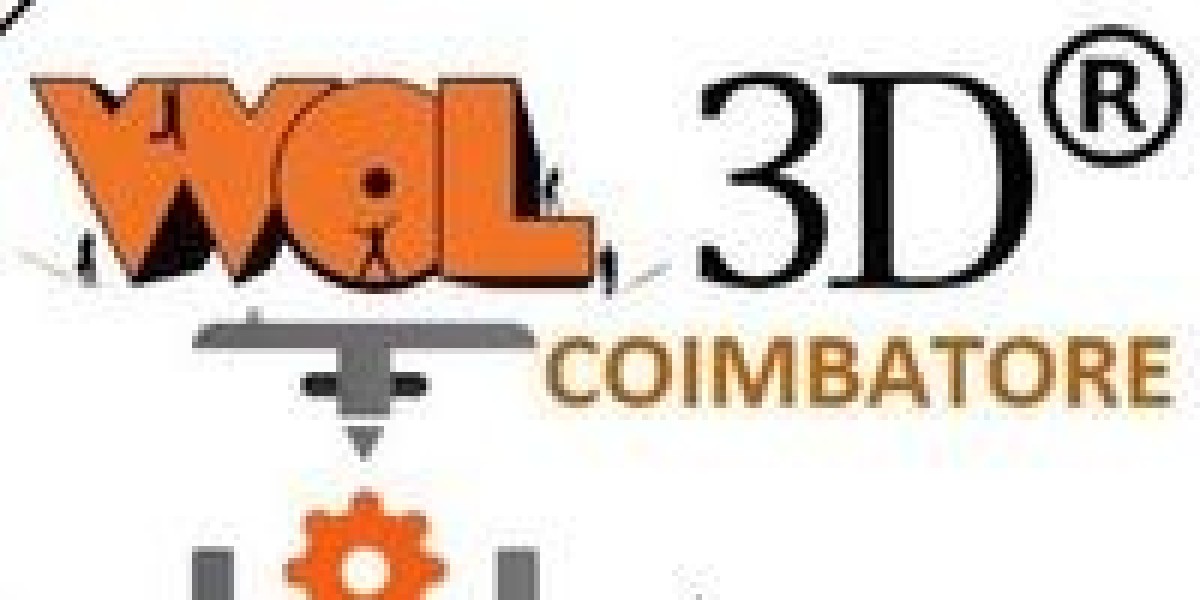The opioid crisis has been a critical public health issue across the globe, particularly in the United States, where it has escalated into a nationwide epidemic. The opioid use disorder (OUD) market has become a significant area of focus within the pharmaceutical and healthcare sectors due to the growing need for effective treatment and management solutions. As of 2023, the global OUD market was valued at USD 2.20 billion and is anticipated to expand at a compound annual growth rate (CAGR) of 10.0% during the forecast period from 2024 to 2032.
Market Overview
The burgeoning Opioid Use Disorder Market, characterized by the increasing misuse of prescription and non-prescription opioids, has necessitated robust intervention from healthcare providers, policymakers, and pharmaceutical companies. The market growth is primarily driven by the escalating prevalence of opioid misuse and the consequent health complications associated with it. Moreover, the introduction and implementation of government policies aimed at controlling the crisis, especially in heavily impacted countries like the U.S., are propelling market expansion.
Get a Free Sample Report with a Table of Contents: https://www.expertmarketresearch.com/reports/opioid-use-disorder-market/requestsample
Market Trends
Increasing Government Initiatives
Governments worldwide are intensifying their efforts to combat the opioid epidemic through comprehensive strategies that include funding for OUD treatment programs, enhancing prescription drug monitoring programs, and supporting the development and distribution of opioid alternatives and treatment medications.
Technological Advancements in Treatment Solutions
Technological innovations, such as digital therapeutics and telemedicine, are playing a crucial role in the treatment of OUD. These technologies facilitate broader access to healthcare services and support, particularly in underserved or remote areas.
Growing Awareness and Education
Increased public awareness and educational campaigns about the risks of opioid use and the importance of proper management are contributing to the market's growth. These initiatives are crucial in preventing opioid misuse and promoting safer prescribing practices.
Industry Segmentation
The opioid use disorder (OUD) market is segmented into various categories based on treatment type, distribution channel, and geography. Each of these segments plays a crucial role in the overall market dynamics, offering specific insights into the preferences, accessibility, and effectiveness of OUD treatments. Here’s a more detailed look at each segment:
Treatment Type
The treatment types for opioid use disorder encompass a range of approaches, primarily focusing on medication-assisted treatment (MAT) but also including behavioral therapies and supportive services:
- Medication-Assisted Treatment (MAT): MAT is the cornerstone of OUD treatment, involving the use of medications in conjunction with counseling and behavioral therapies. The key medications used in MAT include:
- Buprenorphine: Often administered as a part of a combination product with naloxone to reduce the potential for misuse.
- Methadone: Administered in a controlled setting, methadone is effective in reducing cravings and withdrawal symptoms.
- Naltrexone: Available in both pill form and as an extended-release injection, naltrexone helps block the effects of opioids.
- Counseling and Behavioral Therapies: Essential components of an integrated treatment approach, these therapies address
both the psychological aspects of addiction and the practical skills needed for recovery. - Cognitive Behavioral Therapy (CBT): Helps patients modify their thinking and behaviors related to drug use.
- Motivational Interviewing: Aims to enhance patient motivation to change their behavior and adhere to treatment.
- Family Therapy: Involves family members in the treatment process to support recovery.
Distribution Channel
How OUD treatments reach patients is critical for their accessibility and effectiveness. The distribution channels include:
- Hospitals: Serve as key centers for both inpatient and outpatient treatment services, offering comprehensive care including detox, MAT, and psychological support.
- Retail Pharmacies: Provide prescribed medications for OUD, often serving as a point of contact for ongoing pharmaceutical therapy.
- Online Pharmacies: Increasingly popular, online pharmacies offer convenient access to medications, especially for patients in remote areas or those seeking privacy.
Geography
The geographical segmentation of the OUD market reflects the varying prevalence of opioid misuse and the differing approaches to treatment across regions:
- North America: Dominated by the U.S., this region has the highest demand for OUD treatment due to the widespread prevalence of opioid addiction. The market is supported by strong healthcare infrastructure and government initiatives.
- Europe: While the prevalence of OUD is generally lower than in the U.S., countries like the UK and Germany are increasingly focusing on treatment options and public health campaigns.
- Asia-Pacific: This region is experiencing a growing recognition of OUD issues, with countries like China and India beginning to address the need for effective treatment solutions.
- Rest of the World: Includes regions like Latin America and the Middle East, where opioid misuse varies widely by country but is generally less documented and treated than in Western countries.
Market Outlook and Forecast
The global opioid use disorder market is poised for robust growth from 2024 to 2032. This growth is expected to be driven by continuous advancements in treatment modalities, increased healthcare spending, and the ongoing development of policies aimed at reducing opioid dependency.
Key Players
- Indivior PLC
- BioDelivery Sciences International, Inc
- Alkermes plc
- Titan Pharmaceuticals, Inc.
- Camurus AB.
- Others
Frequently Asked Questions (FAQs)
Q1: What is driving the growth of the OUD market?
A1: The main drivers are the increasing prevalence of opioid misuse, governmental policies to address the crisis, and technological advancements in healthcare.
Q2: What are the major challenges facing the OUD market?
A2: Key challenges include the stigma associated with seeking treatment for OUD, the high cost of treatment medications, and regulatory hurdles.
Q3: How are digital technologies influencing the OUD market?
A3: Digital technologies, such as telemedicine and mobile health apps, are expanding access to treatment and support services, making it easier for patients to receive continuous care and monitoring.
Q4: Which region holds the largest share in the OUD market?
A4: North America, particularly the United States, holds the largest market share due to the high incidence of opioid addiction in the region.
Media Contact:
Company Name: Claight Corporation
Contact Person: Robin Johnson, Business Consultant
Email: [email protected]
Toll-Free Number: US +1-415-325-5166 | UK +44-702-402-5790
Address: 30 North Gould Street, Sheridan, WY 82801, USA
Website: www.expertmarketresearch.com








